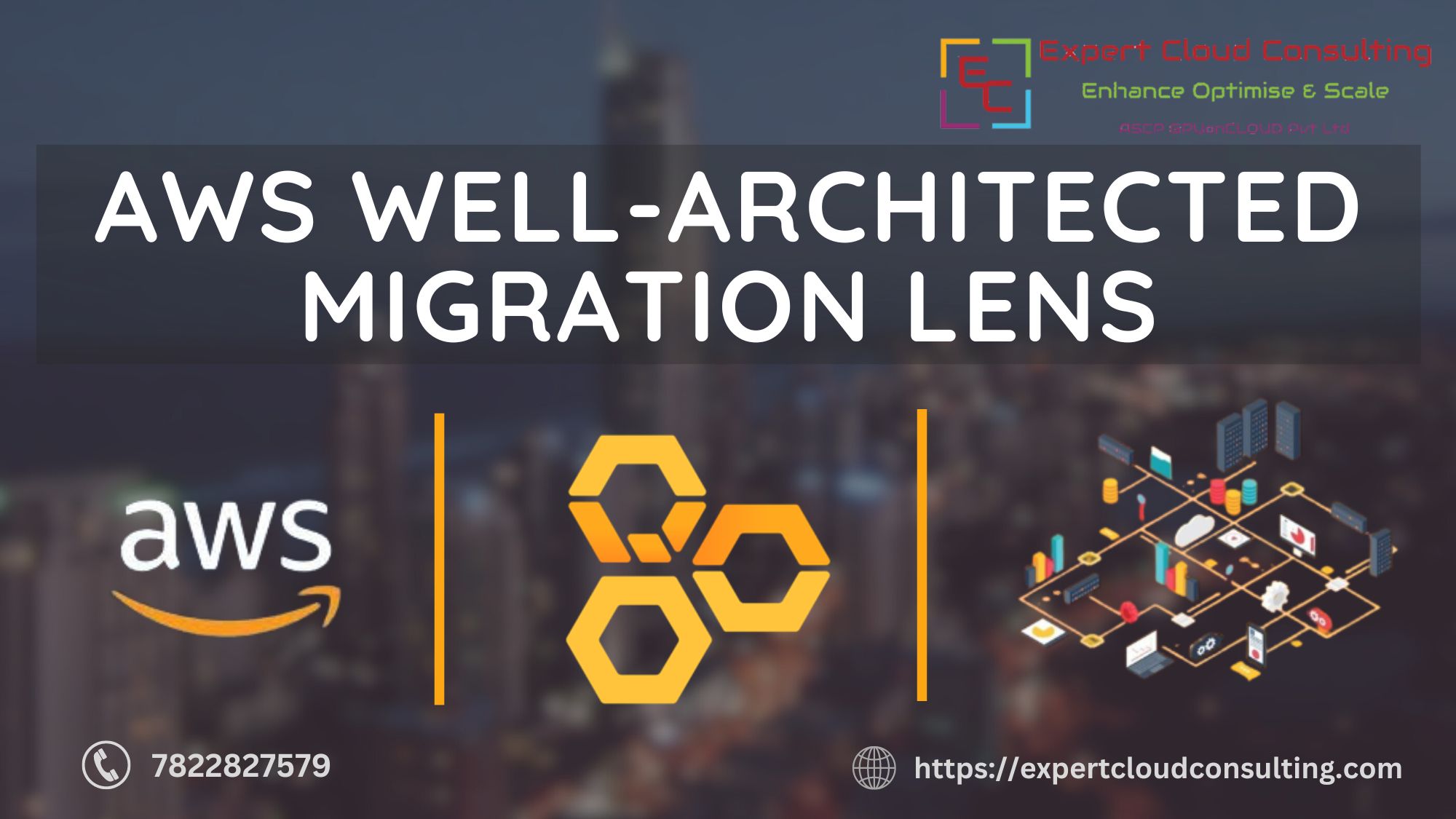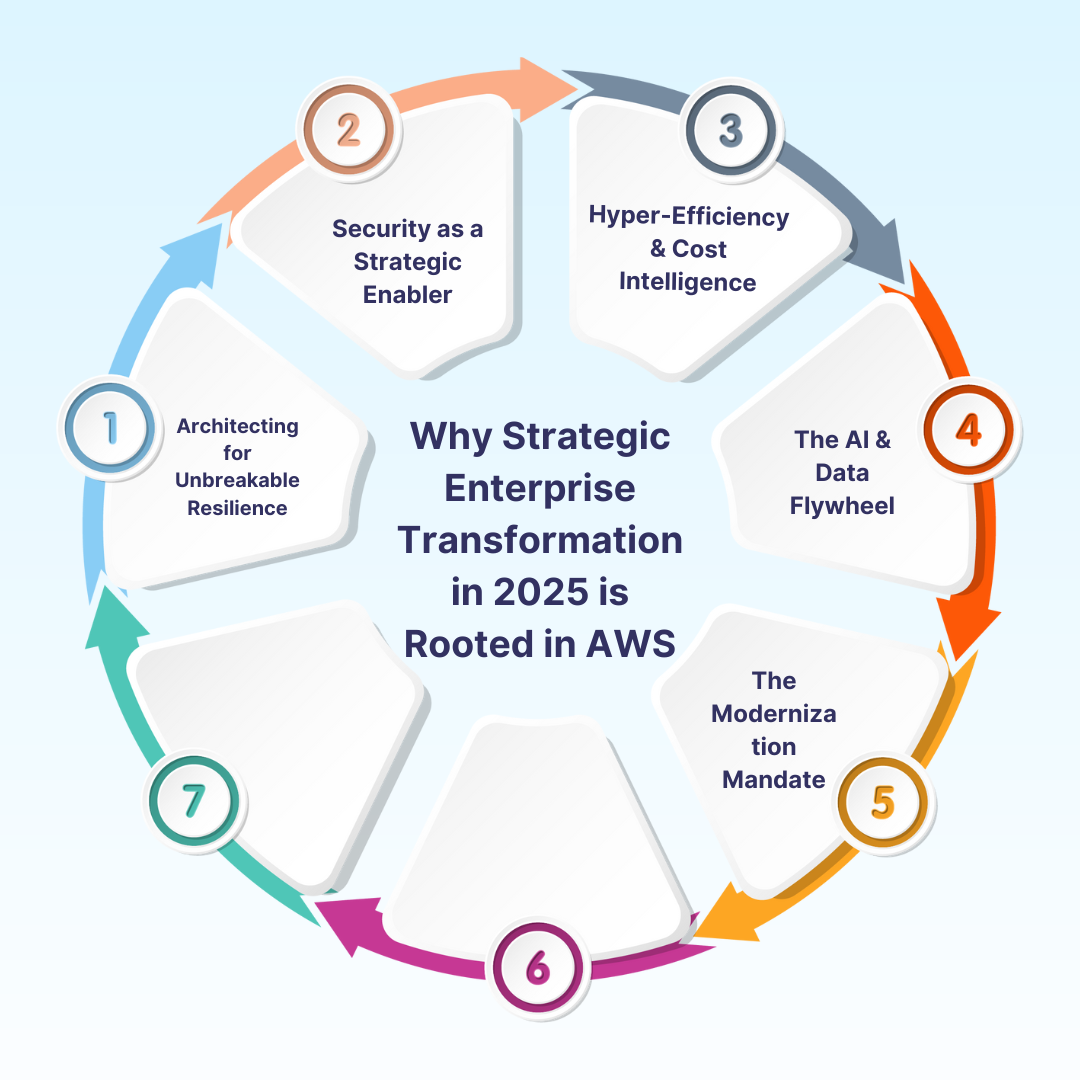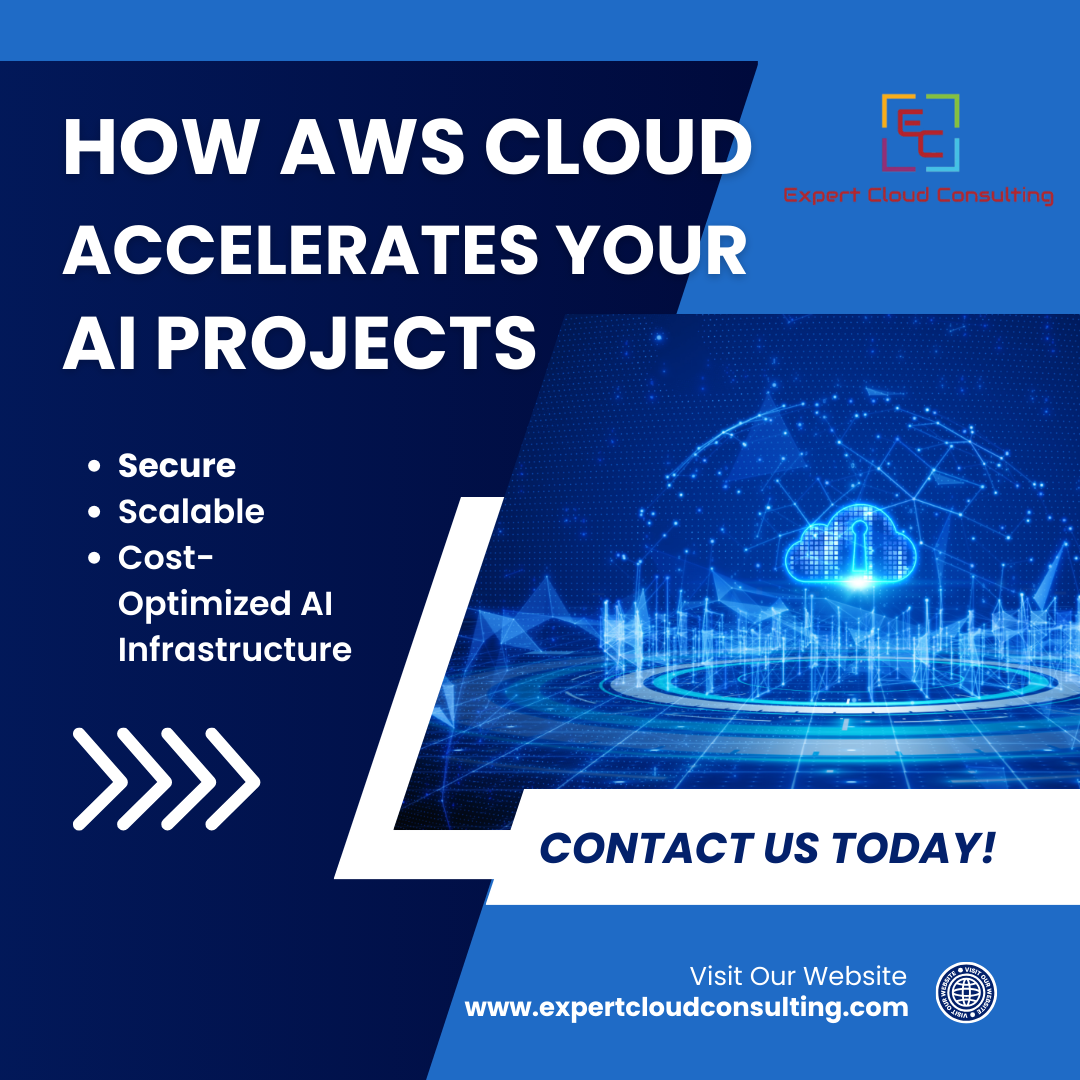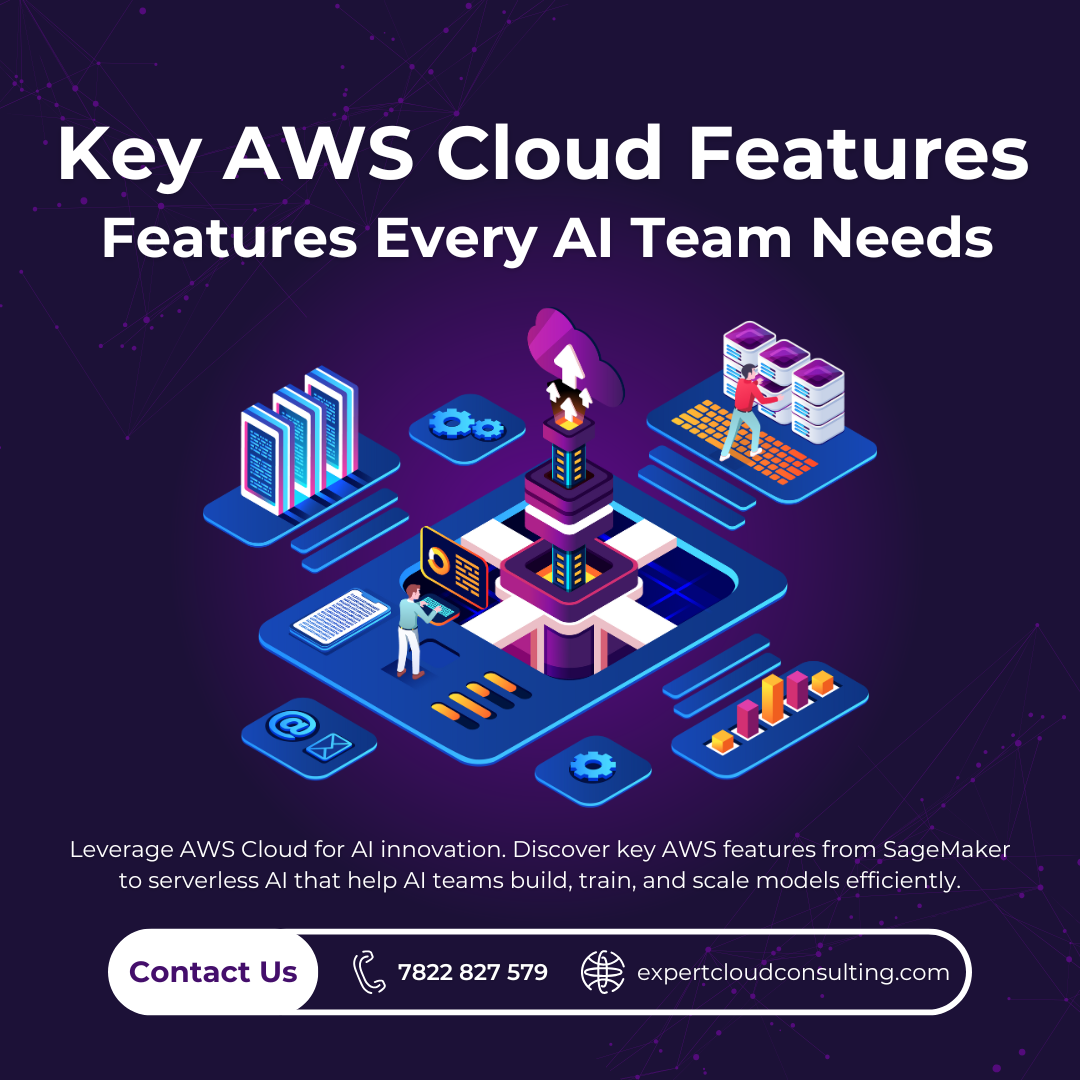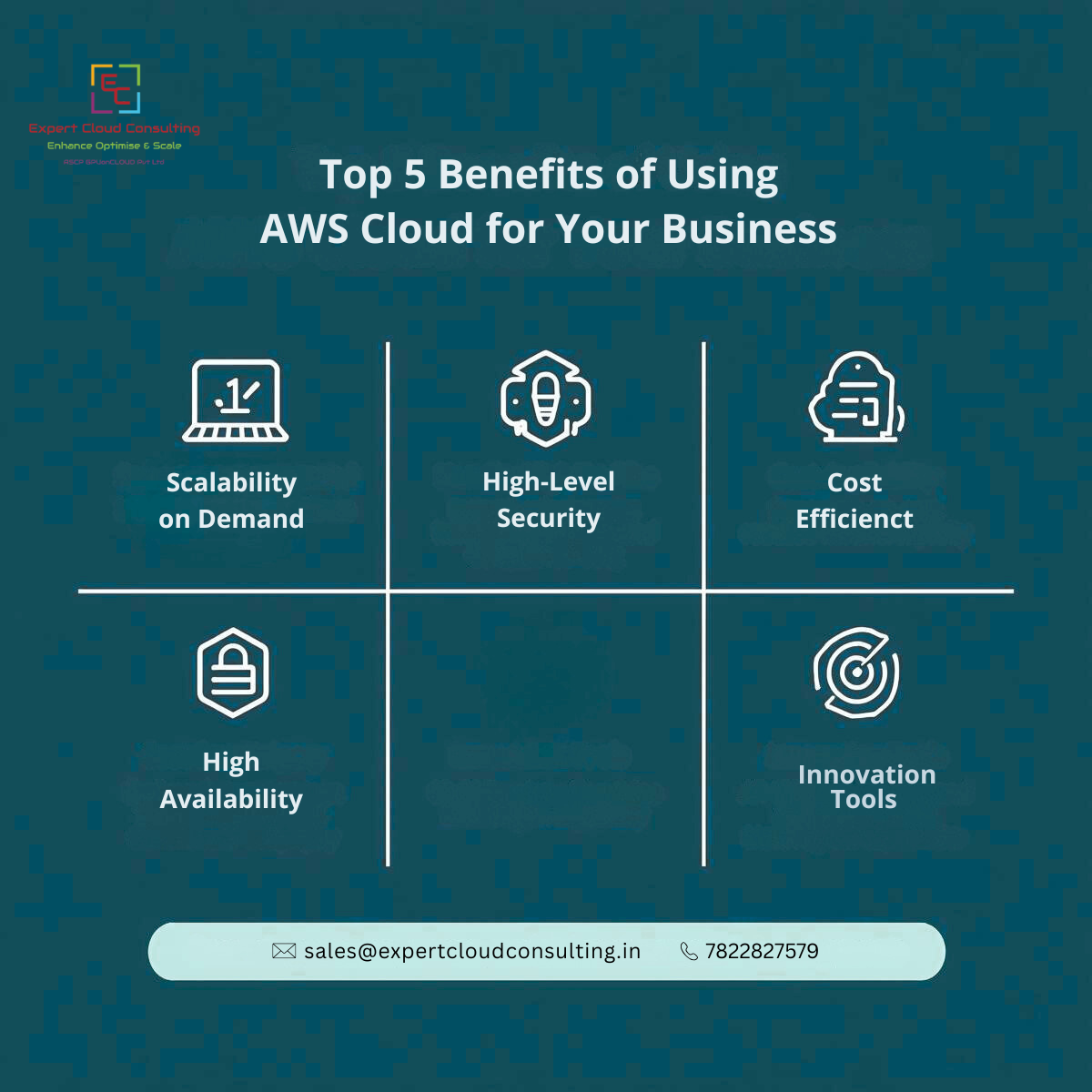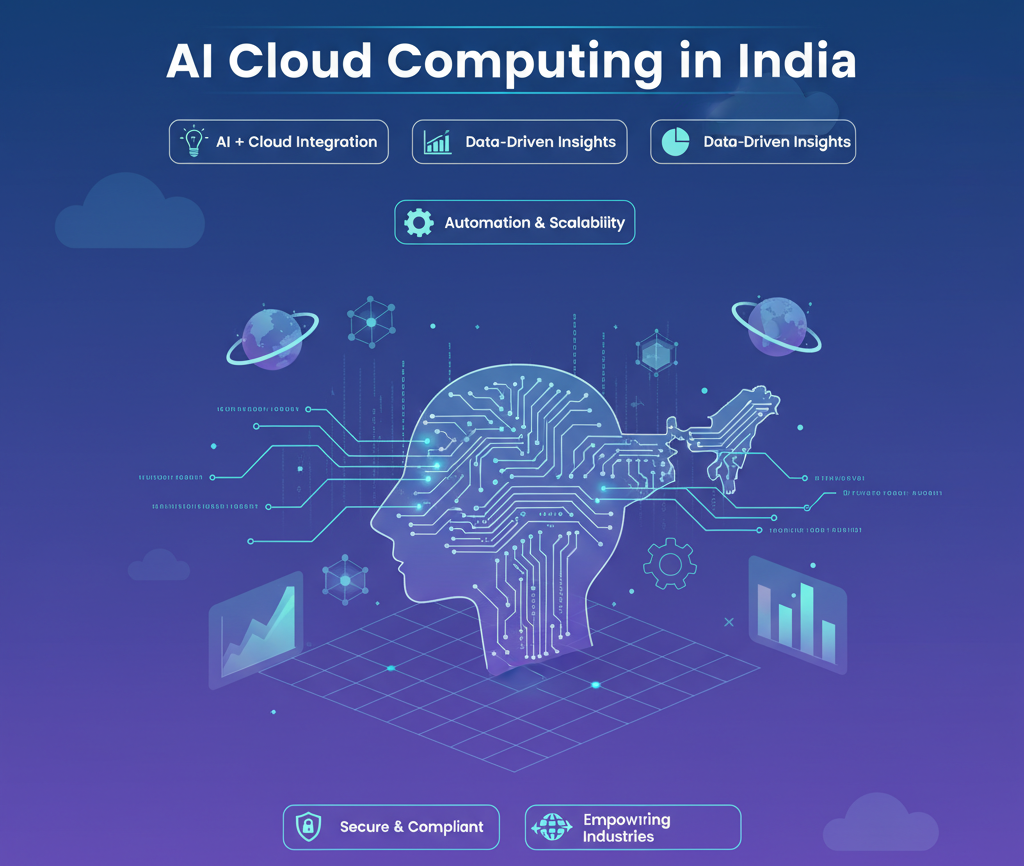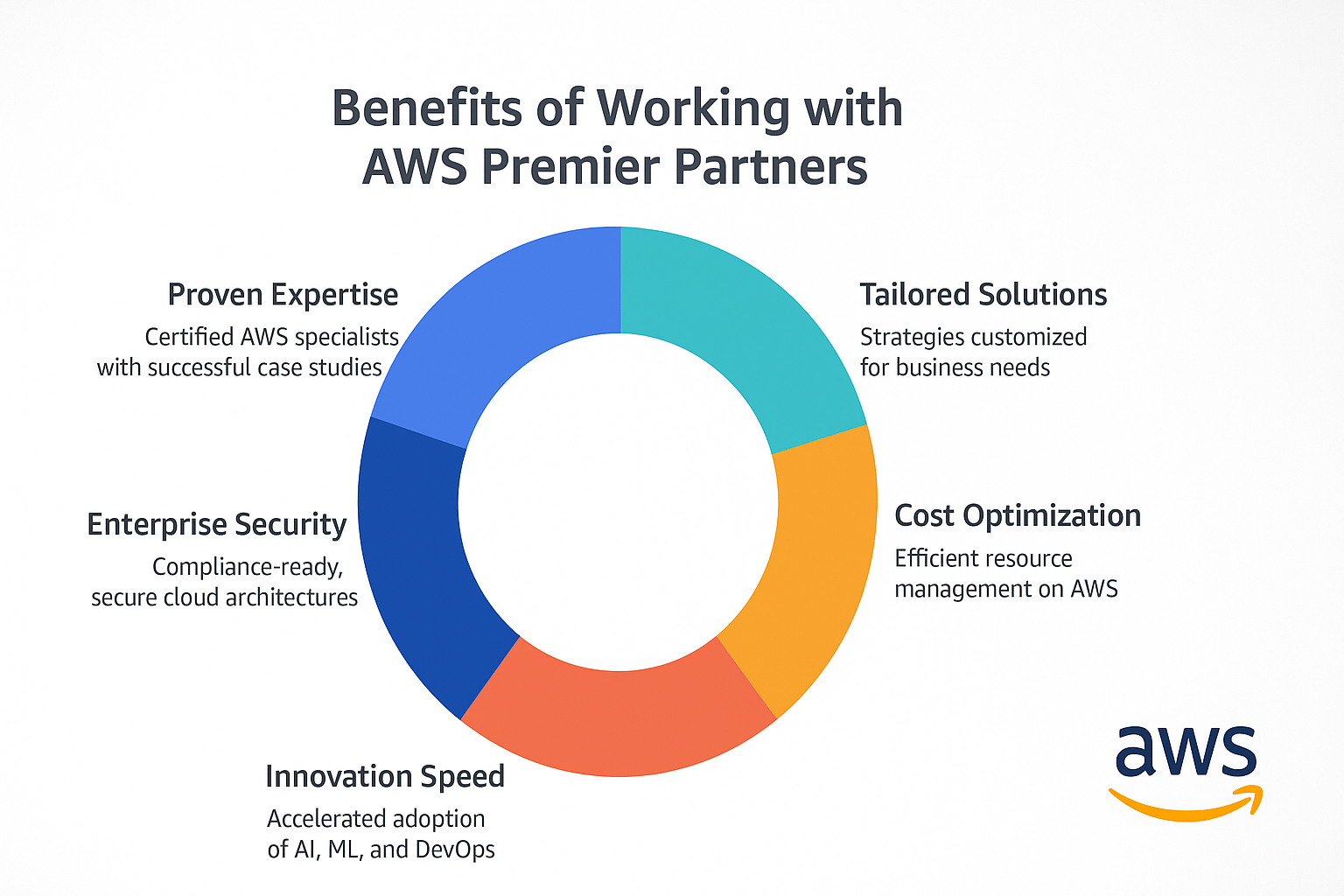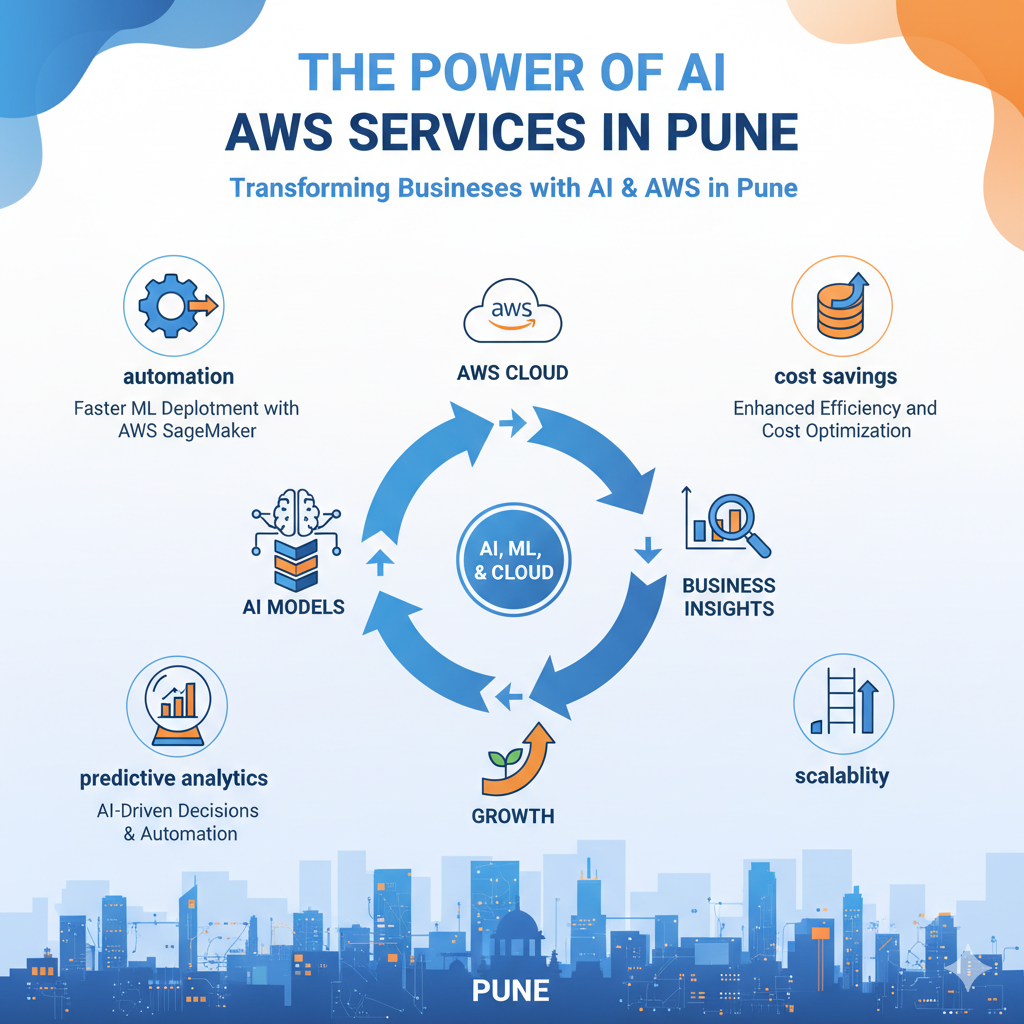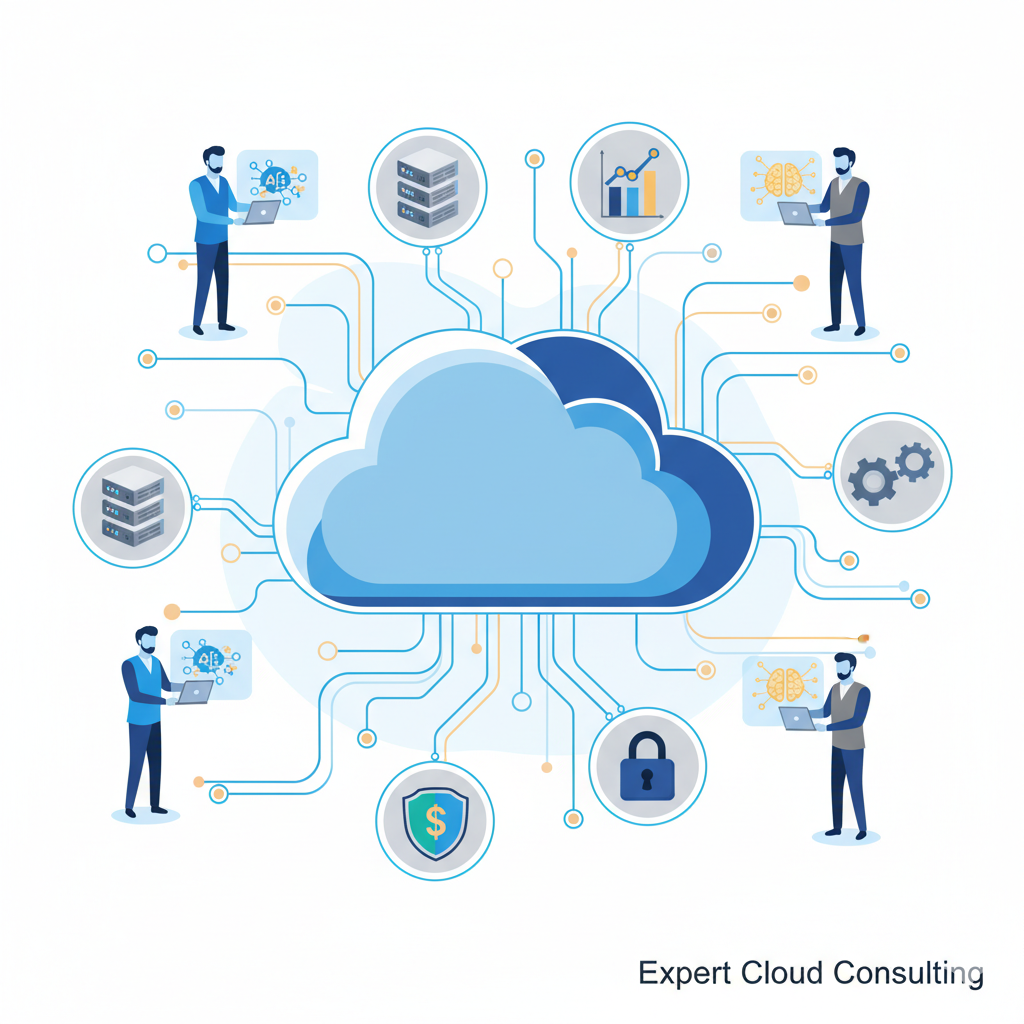- IntroductionIn today's digital landscape, migrating workloads to the cloud has become a critical step for organizations striving to innovate, scale, and stay competitive. However, embarking on a cloud migration journey comes with its own set of challenges, ranging from technical complexities to operational considerations. To navigate this intricate process successfully, businesses need a comprehensive framework that provides guidance, best practices, and implementation strategies tailored to their migration objectives. This is where the AWS Well-Architected Migration Lens comes into play.✨Introducing the Migration Lens 🛡️✨
The AWS Well-Architected Migration Lens is an extension of the Well-Architected Framework, specifically tailored to address the intricacies of cloud migration. Developed based on customer insights and industry expertise, the Migration Lens offers a comprehensive set of design principles, migration phases, and best practices to guide organizations through every stage of their migration journey.
Components of the Migration Lens
1️⃣ Well-Architected Migration Design Principles📝 Focuses on benefits realization, honing organizational capabilities, ensuring bandwidth for migration execution, pinpointing operational prerequisites for the target environment, and monitoring migration velocity.
2️⃣ AWS Migration Phases📊The Migration Lens aligns migration strategies with the six pillars of the Well-Architected Framework across three key phases: Assess, Mobilize, and Migrate. Each phase corresponds to specific activities and considerations aimed at ensuring a smooth and efficient migration process.
• Assess: Evaluate existing environments, discern needs, and confirm alignment with stakeholders.
• Mobilize: Prepare for migration by planning, building AWS landing zones, and establishing security measures.
• Migrate: Execute the migration plan, transition applications and workloads to AWS, and conduct rigorous testing.
- Well-Architected Framework Pillars for migration🏆
Focuses on benefits realization, honing organizational capabilities, ensuring bandwidth for migration execution, pinpointing operational prerequisites for the target environment, and monitoring migration velocity.
2️⃣ Security🔒Focuses on safeguarding migrated workloads, this pillar emphasizes best practices in security foundations, identity & access management, detective controls, incident response, and application security post-migration.
3️⃣ Reliability🔄Focuses on building reliability into your AWS workload. Ensuring reliability entails establishing robust infrastructure, designing adaptable workload architectures, implementing effective change management, and managing failures efficiently.4️⃣ Performance Efficiency⚡Focuses on efficient utilization of cloud resources to meet your migration and organization goals, especially when making trade-off decisions regarding migration.5️⃣ Cost Optimization💰- 6️⃣ Sustainability🌱Focuses on reducing the environmental footprint of your migrated workload. three key elements: the selection of regions, ensuring alignment with demand, and fostering sustainable processes and culture.
Focuses on cost efficiency by avoiding redundant expenses and pinpointing ways to economize the migration. Key aspects such as efficient cloud financial management, understanding of expenditure and usage, maximizing resource cost-effectiveness, and continuous optimization are paramount for success.
Conclusion


